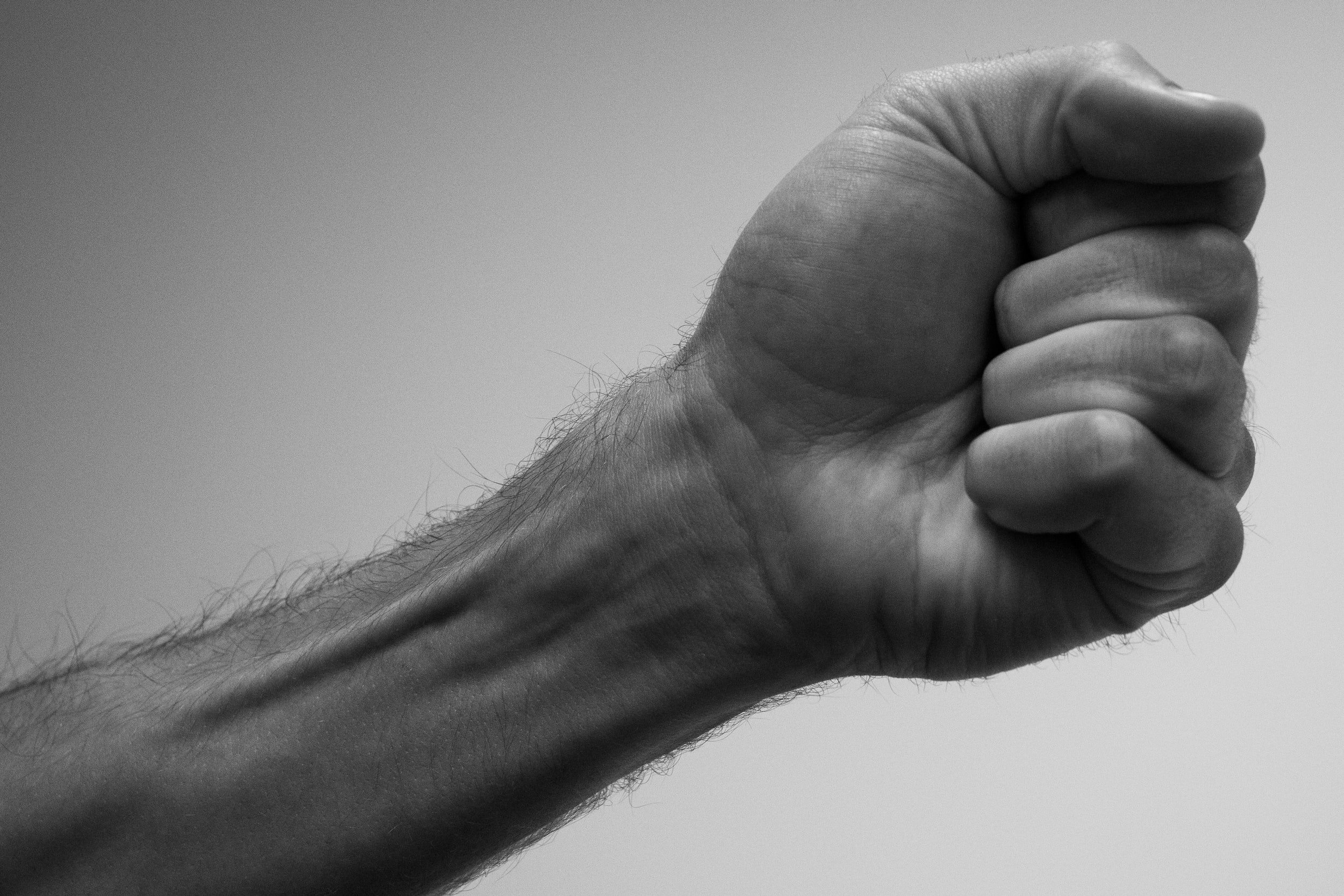Tendinitis
Tendinitis
If you have found this page, you probably already know what tendonitis is.
But, in case you don’t yet: Tendinitis is when a tendon that connects a muscle to a bone becomes inflamed and painful. Tendinitis is most common in the shoulder, elbow, wrist, knee and heels.
The pain from tendinitis is felt immediately next to a joint. For example. Tennis elbow is a tendinitis felt on the outside surface of the elbow, just below the bony bump. This location is the common tendon for the muscles of the forearm and hand.
Tendinitis can be acute or chronic.
When the tendon is damaged traumatically from an accident or acute injury (sporting) it will become initially inflamed and needs to be given time to ‘settle’. During this time gentle movement and rest are preferred.
Tendons also become inflamed from chronic overuse.
To manage these we first assess the injury to ensure that conservative management is right for the patient.
Secondly, we start treatment of the tendon directly. This is best done with Shockwave Therapy or manual therapy. Shockwave Therapy is special because it has been demonstrated to improve circulation to the tendon and encourage the growth of new blood vessels in the tissue. Tendons and ligaments have poor blood supplies under normal circumstances, so growing an improved blood supply can really assist recovery. Treatment will also involve any muscles or joints that have restricted movement, and we will work on them to increase their range back to normal.
The next stage is to begin a gradual strengthening program to stimulate the tendon repair.
The process of healing and recovery from tendonitis can be a slow process and some patience and dedication is required. If done correctly most patients make a full recovery.
Management of acutely damaged tendons after they have moved out of the ‘acute phase’ are treated the same way as a chronically overused tendon. The management steps above all apply.

